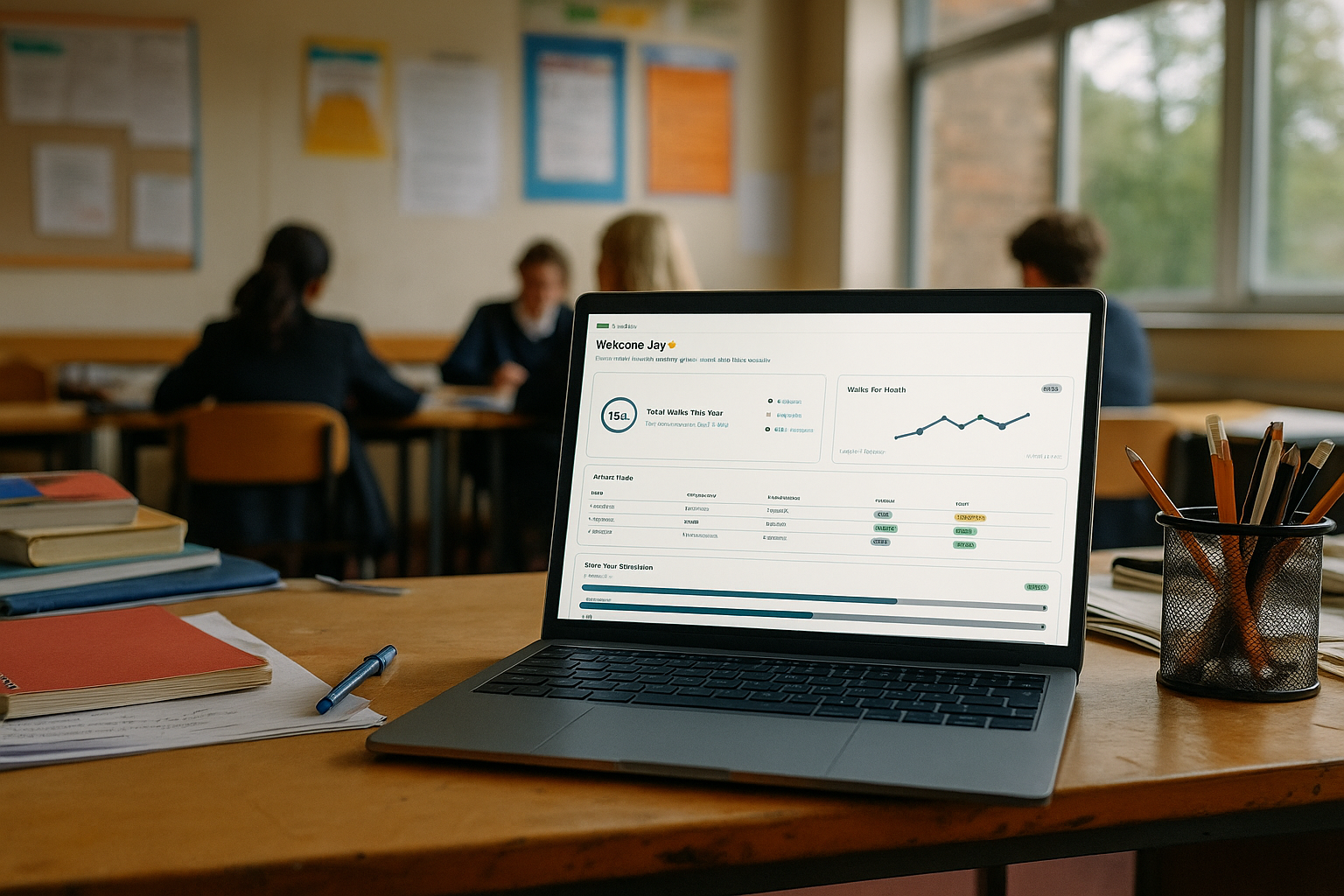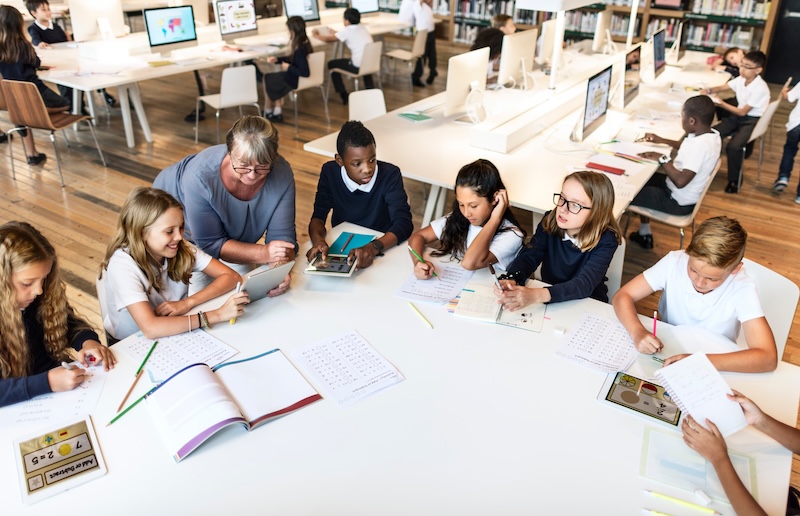What to Look For on a Learning Walk
(Without turning it into a secret Ofsted inspection)
The most effective learning walks start with this question:
"What are we actually trying to see?"
Without a clear focus, a learning walk quickly becomes a blur — just classrooms and whiteboards and walls.
So before you even open a door, decide:
- 🎯 What's the theme?
- 🎯 What do we want to learn more about?
- 🎯 How will we capture what we see, fairly and consistently?
Focus Beats Fuss
You don't need a clipboard crammed with 47 indicators.
You need a clear lens — something like:
- Are pupils actively thinking, not just completing tasks?
- Are questioning strategies moving learning forward?
- Are routines consistent, calm, and purposeful?
- Is the environment supporting or distracting from learning?
- Are disadvantaged/SEND pupils actively included?
Focus the walk on a theme, not everything.
Example Themes You Might Use
- Behaviour for learning
- Use of modelling and scaffolding
- Language and vocabulary
- Student independence
- Consistency of routines
- Cultural capital and classroom displays
- Reading across the curriculum
- Use of assessment to inform teaching
Choose one or two — and stick to them.
The Art of Noticing
Great observers don't walk in with assumptions. They tune in to what's happening — and record what they see and hear, not what they think about it.
Use sentence starters to keep your notes neutral:
- "Pupils were discussing…"
- "The teacher modelled how to…"
- "Most pupils were…"
- "There were prompts on display to support…"
Avoid judgmental phrases like "good lesson", "weak activity", or "outstanding behaviour".
🎙 You're capturing patterns — not issuing grades.
Remember Who the Walk Is About
Ultimately, you're there to understand the experience of the learner.
Ask yourself:
- What would it feel like to be a pupil in this room?
- Would I know what I'm learning — and why?
- Am I being challenged appropriately?
- Can I access the materials, support, or instructions I need?
- Do I feel included, calm, and motivated?
If those questions stay central, you won't go far wrong.
Final Thought
A learning walk isn't about catching out or ticking off. It's about noticing, reflecting, and improving — one honest insight at a time.
So walk with focus. Observe with humility. And write what you see, not what you expect.
Ready to improve?
Join our pilot program and discover how our platform can transform your approach to learning walks.
Ready to transform your learning walks?
Our platform helps you capture meaningful data, generate insights, and drive school improvement—without the administrative burden.

